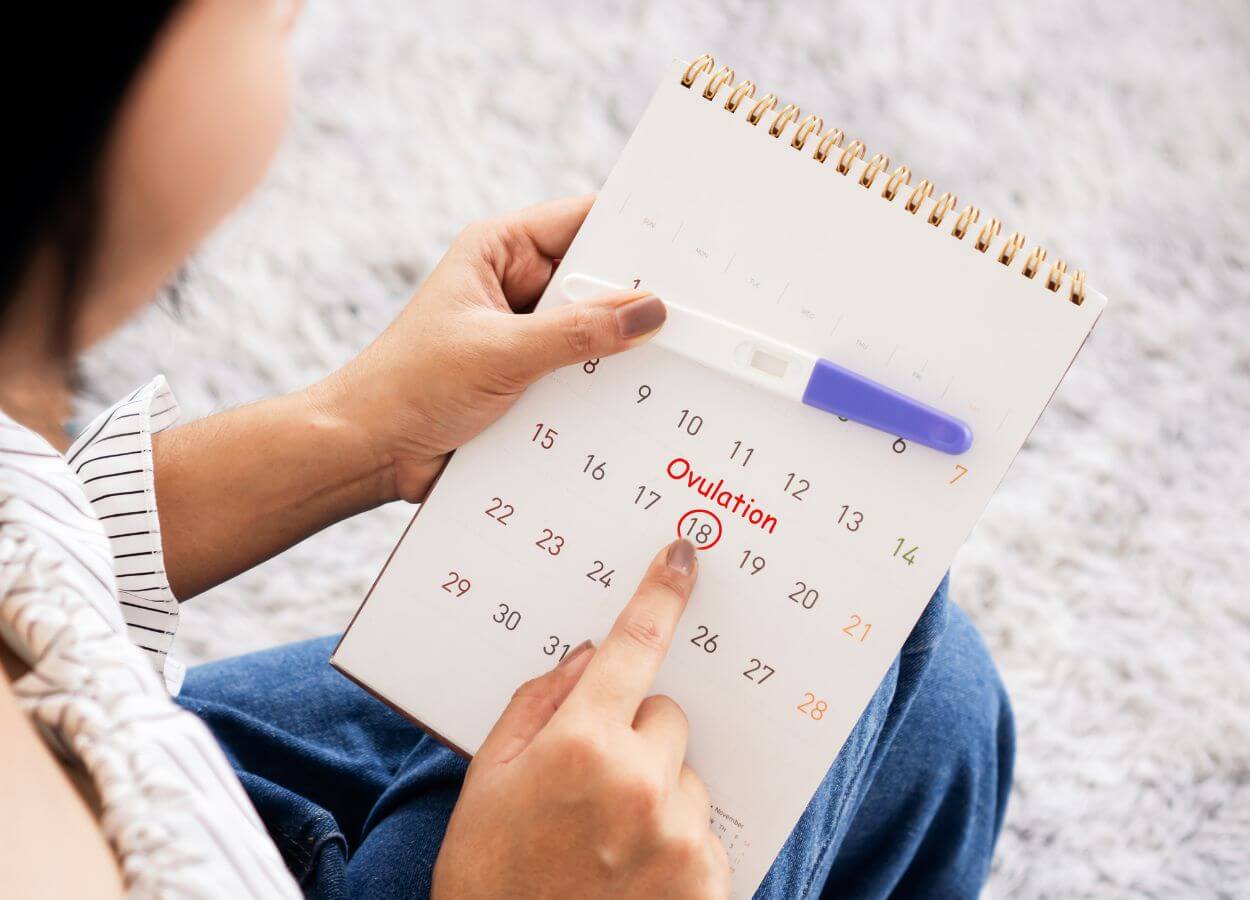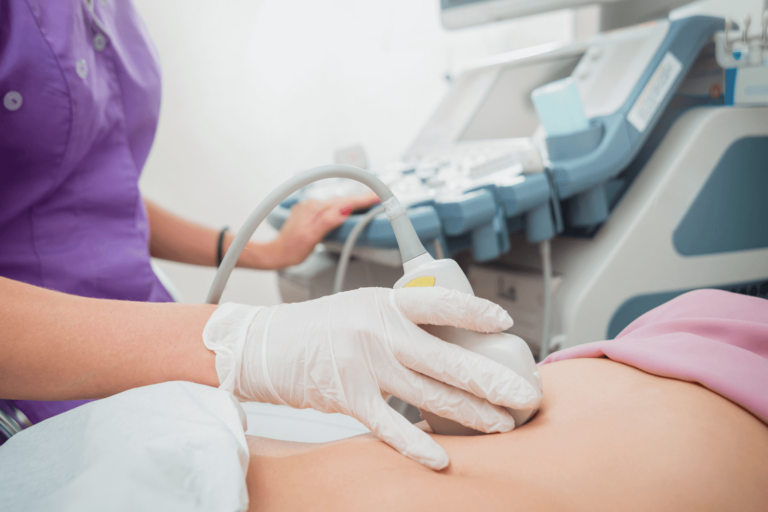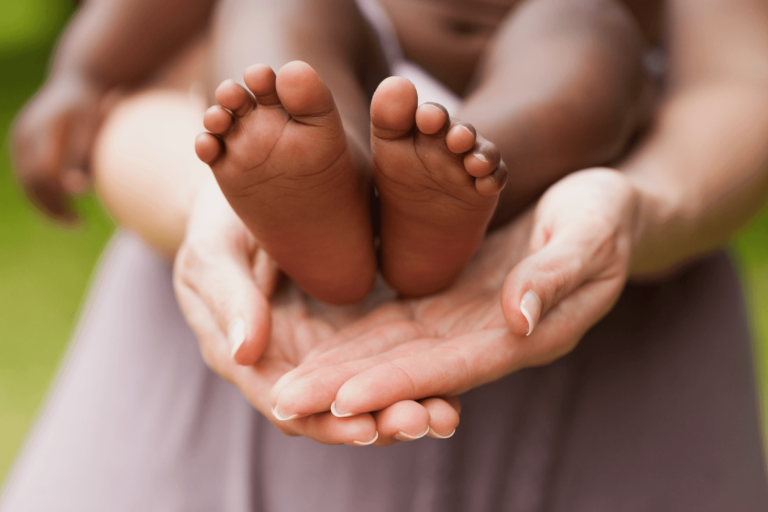The topic of pregnancy and menstrual cycles can be confusing and lead to many misconceptions. One common question that arises is whether it’s possible to get pregnant while on your period. In order to properly answer this question (and debunk some myths along the way), it’s important that we look into the science behind the menstrual cycle, ovulation, and the likelihood of conception during different phases of the cycle. A full understanding and proper tracking of a woman’s menstrual cycle is crucial for understanding when pregnancy can occur.
The menstrual cycle is a complex interplay of hormones and physiological changes that prepare a woman’s body for a potential pregnancy. On average, a typical menstrual cycle lasts around 28 days, although it can vary widely among individuals. It’s generally divided into four phases: the follicular phase, ovulation, the luteal phase, and menstruation.
The Follicular Phase
The follicular phase is the initial stage of the menstrual cycle, marked by a series of hormonal and physiological changes that prepare a woman’s body for pregnancy. It begins on the first day of menstruation and lasts until ovulation occurs, which typically takes place around the middle of the menstrual cycle (we’ll get to that in a minute).
During the follicular phase, the pituitary gland releases follicle-stimulating hormone (FSH), which stimulates the ovaries to develop follicles, each containing an immature egg. As these follicles grow, they produce estrogen, a hormone that triggers the thickening of the uterine lining in preparation for a potential pregnancy. The follicular phase is a critical time as it sets the stage for the release of a mature egg and the subsequent ovulation process, which is pivotal for fertility and conception.
Ovulation
Ovulation is a pivotal event within the menstrual cycle, occurring approximately midway through a typical cycle of about 28 days. It involves the release of a mature egg from one of the ovaries, making it available for potential fertilization. Ovulation is triggered by a surge in luteinizing hormone (LH) from the pituitary gland, which causes the mature follicle in the ovary to rupture and release the egg. This liberated egg then travels down the fallopian tube, where it awaits the possibility of fertilization by a sperm cell. Ovulation is a short window of time, lasting only around 12-24 hours. It’s considered the most fertile period of the menstrual cycle, and if fertilization does not occur during this time, the egg disintegrates, and the body prepares for the subsequent luteal phase.
Now, you may be thinking, “Well, as long as I don’t have sex during those 12-24 hours I’m actively ovulating, I should be safe from getting pregnant.” Not necessarily. The exact moment of ovulation usually isn’t known by the woman, and sperm can stay alive for several days once entering the vagina, which means that even if you had sex the day before you ovulated, there still may be active sperm that can come in contact with the egg that is released the next day, allowing for pregnancy.
The Luteal Phase
This phase is characterized by the transformation of the ruptured follicle, now known as the corpus luteum, into a temporary endocrine gland that produces progesterone. Progesterone plays a crucial role in preparing the uterine lining for the potential implantation of a fertilized egg. If fertilization occurs, the developing embryo releases a hormone called human chorionic gonadotropin (hCG), which signals the corpus luteum to continue producing progesterone and support the early pregnancy. However, if fertilization does not occur, the corpus luteum eventually degenerates, leading to a drop in progesterone levels. This decline triggers the shedding of the uterine lining during menstruation, initiating a new menstrual cycle.
In short: If an egg isn’t fertilized, your body recognizes that it no longer needs that uterine lining it’s been working to build up and starts to shed it. This marks the beginning of the menstrual period.
Menstruation
During menstruation, the uterine lining is shed, and this marks the beginning of a new menstrual cycle. This is the part of the menstrual cycle that is usually referred to as “a period.” It is during this phase that a woman is actively bleeding. The length of a period varies from woman to woman (based on the length of her total menstrual cycle) but usually averages between 3-7 days long.
The chances of getting pregnant on your period are generally low, but it’s not impossible. If your menstrual cycle is shorter and you have a longer period, or if you experience irregular cycles, ovulation could occur sooner, increasing the possibility of conception. So while there are some points during your cycle where you are more likely to become pregnant than others, there is no point during your cycle where your chances of getting pregnant are near zero. The best plan to protect you from pregnancy during your period (or any other time) is to use a form of reliable protection.




